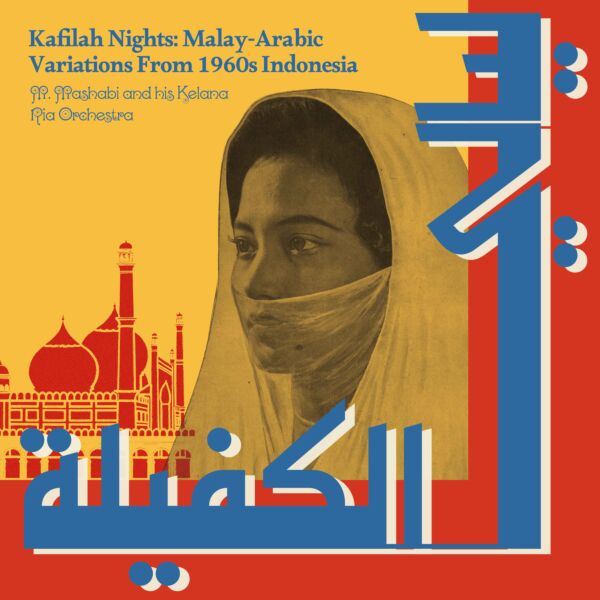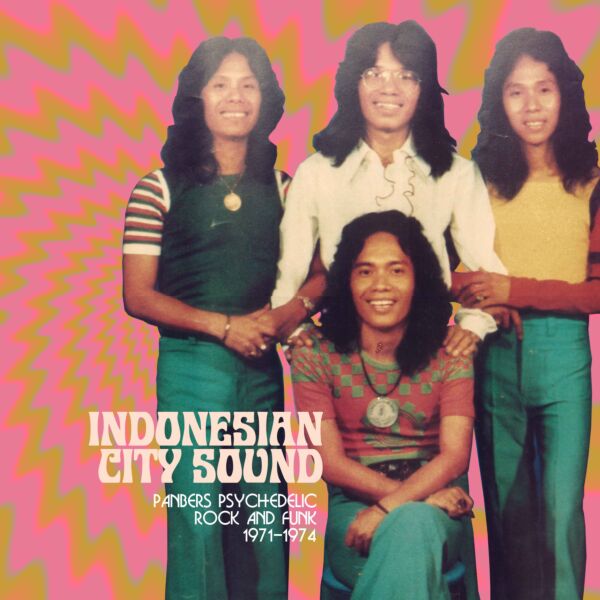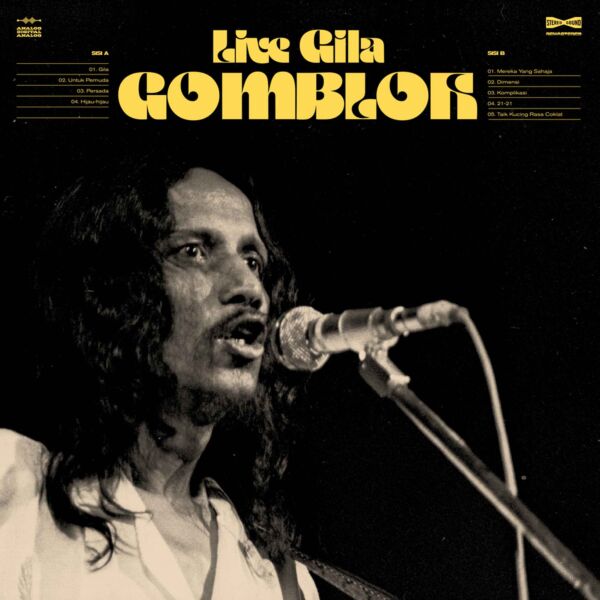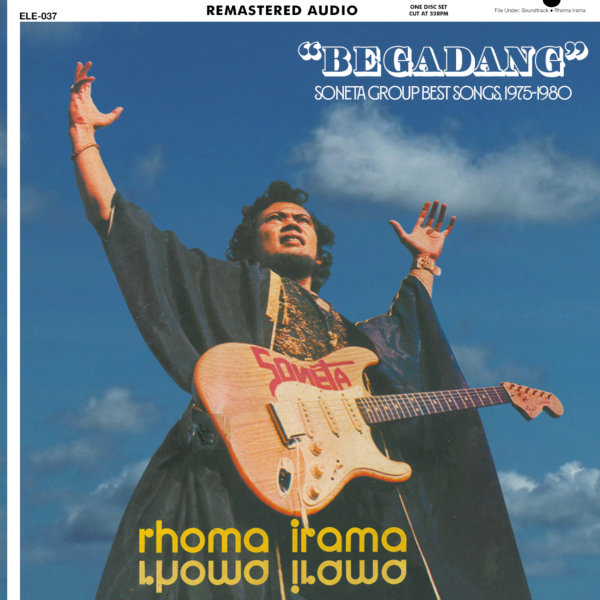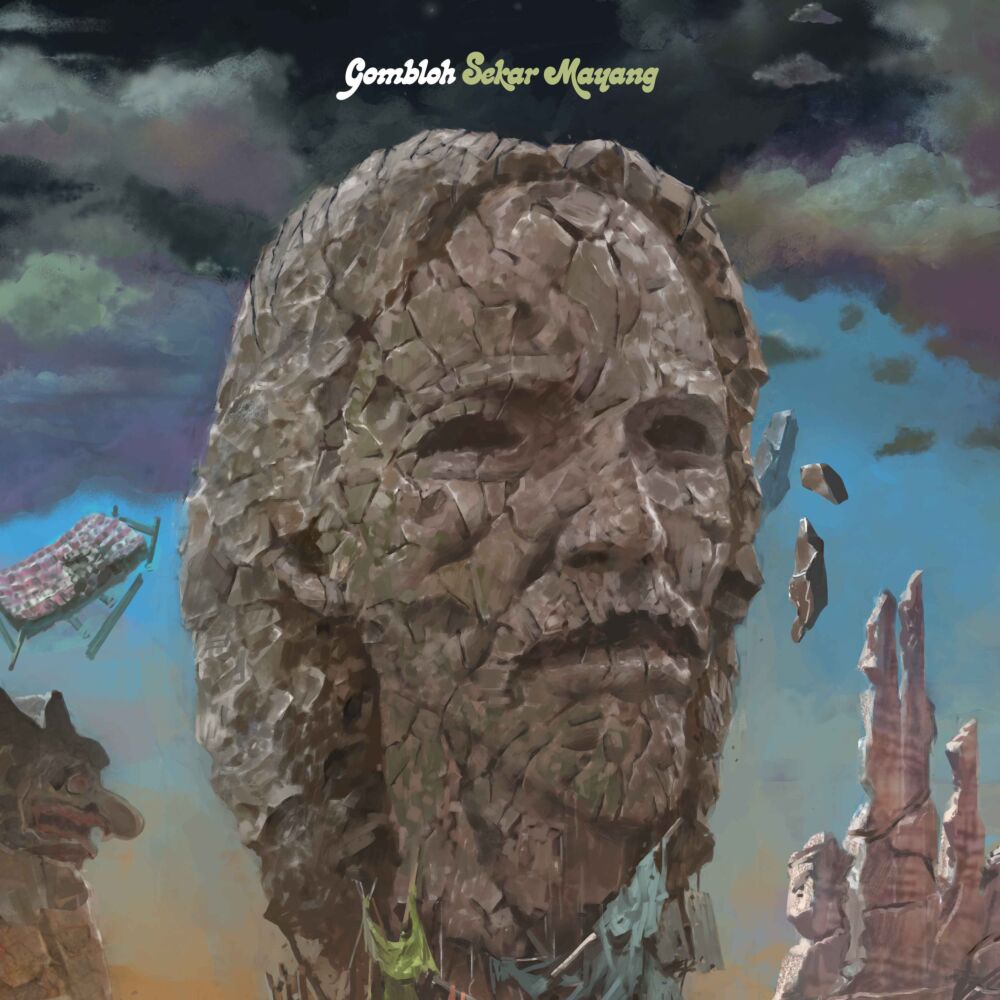
SEKAR MAYHANG
(Booklet with lyrics sheet, liner notes and photos) First time on vinyl. The long-lost psychedelic folk from Indonesia's pop legend Gombloh. Recorded in 1983, sung in old Javanese with intricate King Crimson-style arrangement.
| Genre | Folk |
|---|---|
| Style | Psychedelic |
| Format | VINYL |
| Cat. no | ELE026 |
| Label | ELEVATION RECORDS |
| Artist | GOMBLOH |
| Release Date | 24/11/2023 |
| Carrier | LP |
| Barcode | 697067918371 |
Out of stock
Tracklisting
SEKAR MAYHANG
Show more tracks Show less tracks + -
Album or track playing
TRACKLISTING A1 Sekar Mayang A2 Lindri Lindri A3 Karangkitri & Karangkitri A4 Mitra Becakan A5 Babad Damarwulan B1 Sekaring Jagat B2 Kintamani B3 Kidung Nuswantoro B4 Prahoro & Prahoro B5 Juru Mino INFO Gombloh™s forgotten masterpiece What if you have Brian Wilson and Bruce Springsteen rolled into one? And what if he came of age as an poor buskers in in Surabaya, Indonesia, but then summoned enough strength to record six albums that flew in the face of everyone in the country™s rock scene back in the early 1980s? Genius, be they Brian Wilson or Soedjarwoto šSoemarsono› Gombloh, don™t conform to rules written for us mere mortals. They have their own way of doing things and in the case of Gombloh, writing music, conducting recording session and spending cash from his music, must be conducted on his own terms and his terms only. Studio time was expensive back in the early 1980s, yet Gombloh could be three-hour late for his session, and while engineers, session musicians and producers were jittery about the prospect of another botched session, Gombloh took his time for a nap before the recording begun. Yet, some of his greatest works came into being in the wake of this napping session. Recording session for Sekar Mayang is no exception, despite the fact there™s foreboding sense of doom with Gombloh being unsure about the possibility of selling enough units to help his label break even. This is, after all, this is his last record with his band Lemon Tree™s. No one knew that Gombloh was operating with all his cylinders running and what came out of this Indra Record session, in the waning days of 1980, were some of the best compositions ever committed to magnetic tapes (to wax, if now you™re holding this on vinyl). This is Gombloh at the peak of his creative genius. You can argue that his debut album Nadia & Atmospheer (what™s with the spelling mistake?) is the most sprawling and complex album (both sonically and thematically), but Sekar Mayang certainly had the best songs and I can make the argument that this album™s 10 songs are strong contenders for biggest hits in blues, country, psychedelic rock charts. šPrahoro & Prahoro› is one of those impossible song which appears to have sprung from a bottomless well of inspiration, encompassing King Crimson™s sprawling epic, Deep Purple™s deepest blues and Genesis™ most progressive tendencies. Or šSekaring Jagat›, which begins as Lennon-McCartney lullaby before launching a thousand ships traveling to the end of the rainbow with children choir singing heavenly melodies backed by droning harpsichord and synclavier, while a buzzing Hammond B3 tightly locks with Gombloh™s guitar strumming. For many of his fans, Gombloh is known as generous man of the people. A Robin Hood type if you please. He spent his royalty checks to buy foods for beggars and buskers and dish out some more to buy undergarments for Surabaya™s prostitutes. In Sekar Mayang, Gombloh went full Springsteen mode in šMitra Becakan,› a social commentary that cut so deep you can end up with tears in your eyes and lump in your throat (even if you don™t understand any of its Javanese language lyrics). This is one the most devastating social commentary ever recorded for a pop song, and even if you discount the greatness of its musical composition, you chalk this up as a great social-realism poetry. His years of hanging out with pedicab drivers, street vendors and street-bound prostitutes certainly gave him enough insight into their (in)human condition. Yet, a record this stellar was largely forgotten. First, this record was a flop upon its release in 1981. Indra Records reportedly only did one pressing on cassette tape and be done with it. For those who were lucky enough to have come across one of songs from this album on the radio were likely growing up in East Java, where Gombloh had a massive cult following early in the 1980s. Nothing was heard from this record again. There were only a handful of cassette tapes from the first pressing found on second-hand market and I recently stumbled upon one online with a price tag of Rp 50 million (US$3,500). It™s no longer available now. In Sekar Mayang, Gombloh harbours an obsession for a long-lost utopia, Java™s distant past, where farmers have their barn full of rice and corn, where blacksmith working around the clock making tools and children singing and dancing in their seminaries. Or the fact that he opens the song with stanza from Serat Weddhatama, arguably the most monumental poem in neo-classic Javanese literature, could be his pledge of allegiance. The question for him is should a modern-day Indonesia, rife with poverty, corruption and environmental degradation not be an anathema to that utopia? In the end, you don™t need to be someone fluent in Javanese to enjoy this majestic record. And if this record turns out to be the last in Elevation Records catalogue and we shut down this label tomorrow, we will be very happy. Mission accomplished!

